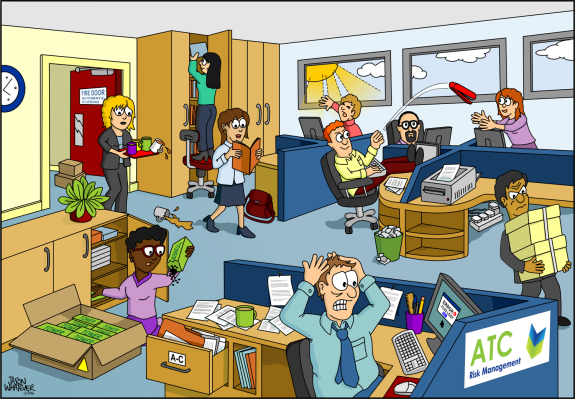
03 Dec Common Safety Hazards
We often feel safest at home, but that doesn’t mean houses aren’t filled with safety hazards. Seemingly innocuous everyday items can cause illness and injury if care isn’t taken on a daily basis.
Poison
An average of 5,000 people per year die from accidental poisoning. Help mitigate this threat by keeping all hazardous liquids in their original containers with the skull and crossbones labeling on the outside. If circumstances require that you must move the dangerous fluid to different bottles, be sure to choose bottles with tamper proof caps and label clearly in permanent marker. If possible, store all hazardous liquids in a high locked cupboard. Even so, keep the number for poison control handy.
Falls
Falling is the number one at-home cause of injury or death. No one plans to miss a step going up or down stairs, but almost everyone does several times in their lifetime. Elderly people are at the greatest risk for injury because they don’t just bruise, they break. Fractured hips, backs, and legs can lead to a whole host of other problems that older people often do not recover from. Young children are also at risk for falling because they do not have fully developed judgment or special awareness. Secure gates are a must at the top and bottom of stairs when there are small children present.
Carbon Monoxide
Carbon monoxide released from car exhaust fumes and heaters is a silent killer because it contains no odor. Unsuspecting homeowners can simply fall asleep and not wake up. It’s imperative that you keep a working carbon monoxide detector at your house especially if you have an older heater or bedrooms above a garage.
You can help keep your loved ones safer by completing a home safety inventory that includes checking batteries in smoke and carbon monoxide detectors, adding extra hand rails and/or safety gates to prevent falls and keeping poisonous substances up and out of the way.

No Comments